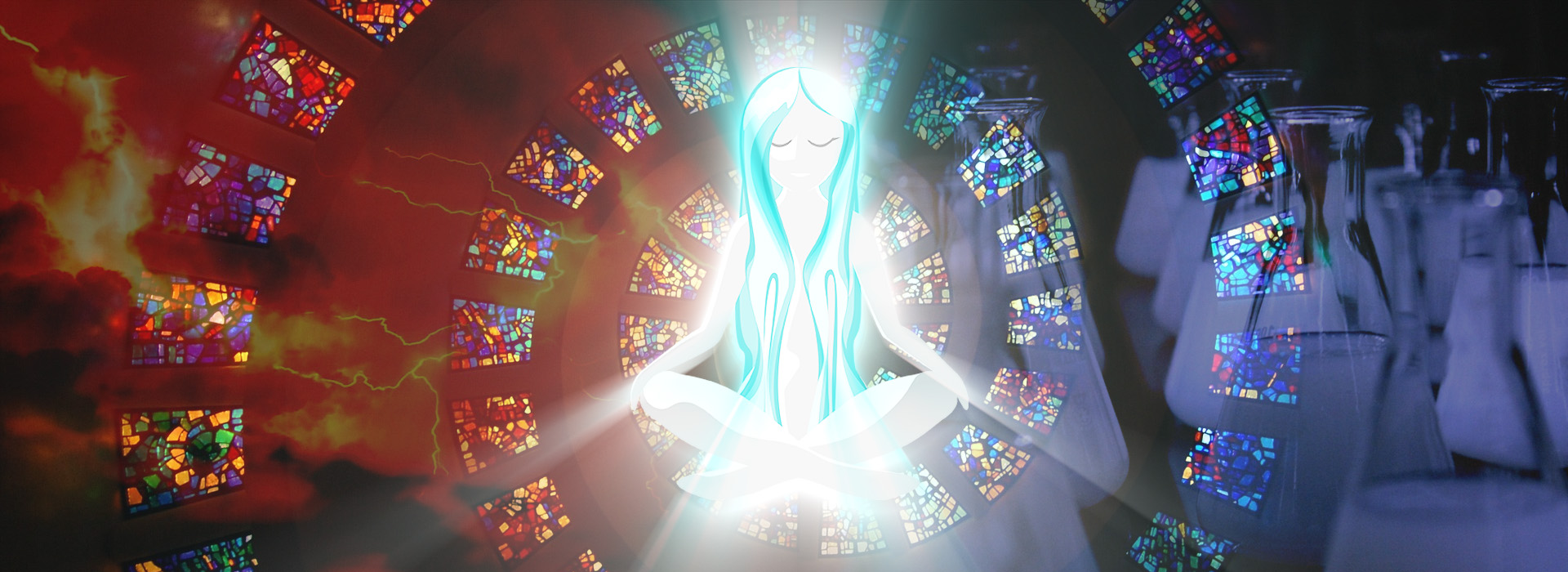Soul Theory
Soul theory is the empirical study of the human soul and has been practiced since the days of Yilik. While the soul theory studies of Yilik and those who built on his work are of a more arcane and philosophical nature, Borealian and Miyako Fluxum technocrats have had more scientific approaches to the topic. Both, however, are trying to create new models of the universe and explain phenomena such as magic and human existence.
Mythological Soul Theory
Mythological Soul Theory is the least empirical type of soul theory and based in large parts on story and conjecture. Mythological world builds that describe the Great Clockwork and the Soul have fallen out of the mainstream since before the Reshaping of the World with the teachings of Yilik and his disciples, the Five Grand Sages. However, especially among the Nordmen, worldviews such as the Men of Metal concept survived as a niche idea throughout the first three ages of the New World.Philosophical Soul Theory
Philosophical soul theory is deeply mired in the personal exploration of one's own soulscape and, if possible, the Great Clockwork itself. Those who publish their thoughts are expected to have studied the scriptures of the great philosophers who have come before them, and the tradition of philosophical soul theory after Yilik has been strongly influenced by the so-called "golden age of philosophy", which occurred largely within the Yamato Kingdom. The scrolls of Yamato philosophers would influence the common worldview of the soul and its place in the universe for ages to come and sparked new movements in the Middle Lands and the Corsic Ocean. In the end, it all dates back to Yilik and his Five Grand Sages.Theological Soul Theory
Modern soul theory is rooted in the scientific field of clockwork Theology, the most prominent school of which is practiced in Borealis.Grand Unified Soul Theory
The grand unified soul theory has been the ongoing goal of gyrometricists1Gyrometrics is one of the most fundamental natural sciences and deals with the study of matter, its motion and behavior through space and time as well as the study of the related entities of energy and force.
in their quest to create a "theory of everything", which unifies special relativity, quantum gyrometrics, and De Vries Cluster Field Theory.
The quantification of the soul in theoretical gyrometrics has been an endeavor of gyrometricists since the Age of Awakening. With the discovery of the De Vries Field (DVF) during the height of the Great War, the pressure to weaponize the soul in new ways was on. However, DVF suppression technology did not kick off until the next age, the Age of Gears and Elements.
Further experimentation by Dr. Inv. Vincent Kunibert Greenhorn led to the development of the first DVF suppressor prototype two years before the war came to an end, too late for large-scale implementation. To make the proper calculations for his design, he first had to measure interactions between the DVF and fundamental gyrometric forces. This led to his definition of the Kunibert (K) unit of measurement for DVF Strength.
The Grand Academy of Fulgrath brought forth some of the most brilliant minds of the first century GE. Among them was Rudolph Molotov, who performed extensive conversion and measurement experiments of soul power and lightning magic, creating the existential conversion coefficient the "Molotov" [M], based on the Kunibert unit [K] for measuring soul power. Before the Declaration of Existential Independence and the jumping to the South Pole of Borealis in 25 GE, Rudolph Molotov and Vincent Kunibert Greenhorn were close colleagues that inspired much of each other's work. Molotov's extensive research and experimentation with soul power to energy conversion, electromagnetism, and electric field theory led to the invention of the Molotov Tower, a tall capacitor tower built to harness the energy of lightning strikes to store as electrical power in large fuel cells. The first large-scale Molotov Tower was built as a proof-of-concept next to the then just Grand Academy in 175 GE.





Comments